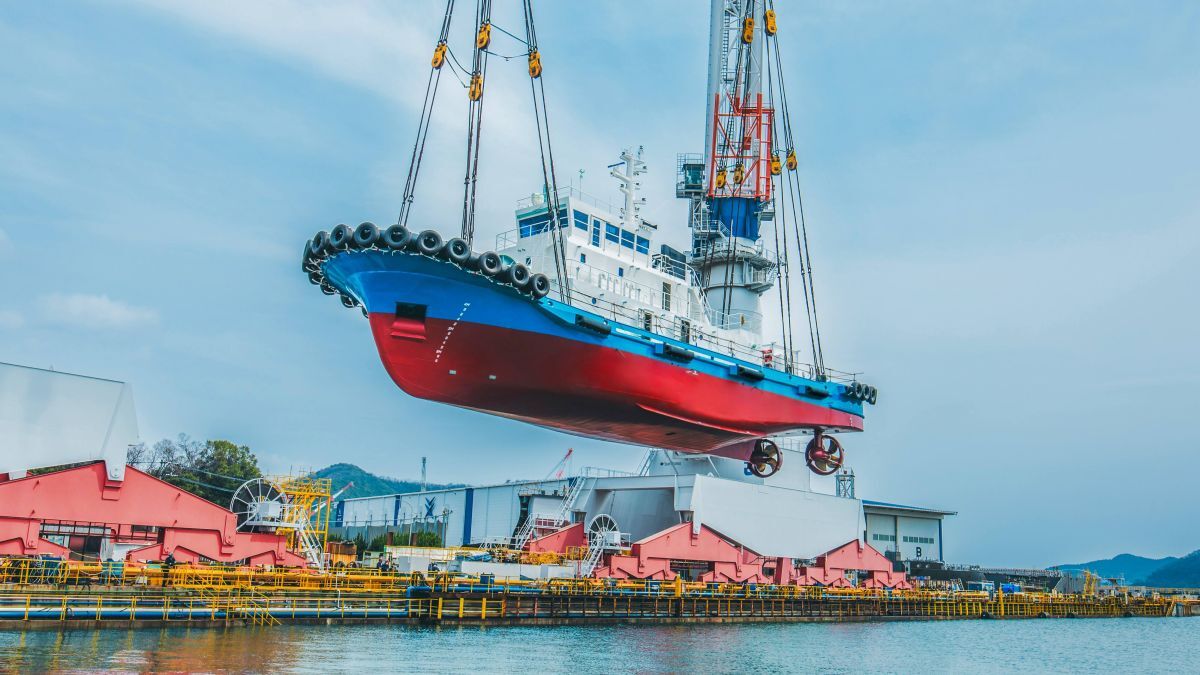Japanese Shipyard Launches First Hydrogen-Fuelled Tug in Asia for Emission Reduction
Key Ideas
- The first hydrogen-fuelled tug in Asia was launched by Tsuneishi Sbipbuilding in Japan, using JGreeX green steel to reduce environmental impact.
- The tug features twin 12-cylinder hydrogen dual-fuel engines, aiming to reduce CO2 emissions by 60% compared to traditional marine fuel usage.
- With the capacity to store 250 kg of high-pressure hydrogen gas, the vessel can switch to marine gasoil in case of hydrogen fuel system issues for safety.
- This project is part of Nippon Foundation's Zero Emission Ships Project to develop vessels emitting no CO2 emissions, aligned with Japan's carbon neutrality goal for coastal shipping by 2050.
Tsuneishi Sbipbuilding in Fukuyama, Hiroshima Prefecture, Japan, has unveiled the first hydrogen-fuelled tug in Asia as part of a green-funded pilot project to reduce emissions from harbour operations. The 38-meter tug, constructed using JGreeX green steel from JFE Steel Corp, is equipped with twin 12-cylinder hydrogen dual-fuel engines, each delivering 3,280 kW of power. By combining hydrogen with traditional marine fuels, the tug aims to achieve a 60% reduction in CO2 emissions compared to conventional tugboats. With the ability to store 250 kg of high-pressure hydrogen gas, the vessel can ensure operational performance even in the event of hydrogen fuel system issues by switching to marine gasoil. The development of this tug is a significant step towards the Nippon Foundation's Zero Emission Ships Project, which focuses on eliminating CO2 emissions from vessels. Tsuneishi Sbipbuilding plans to leverage its experience to construct more hydrogen and green fuel-ready vessels using green steel materials, contributing to the decarbonization of the maritime industry and supporting Japan's carbon neutrality objectives.
Topics
Fuel Cells
Sustainability
Green Technology
Carbon Neutrality
Shipbuilding
Emission Reduction
Marine Industry
Latest News
